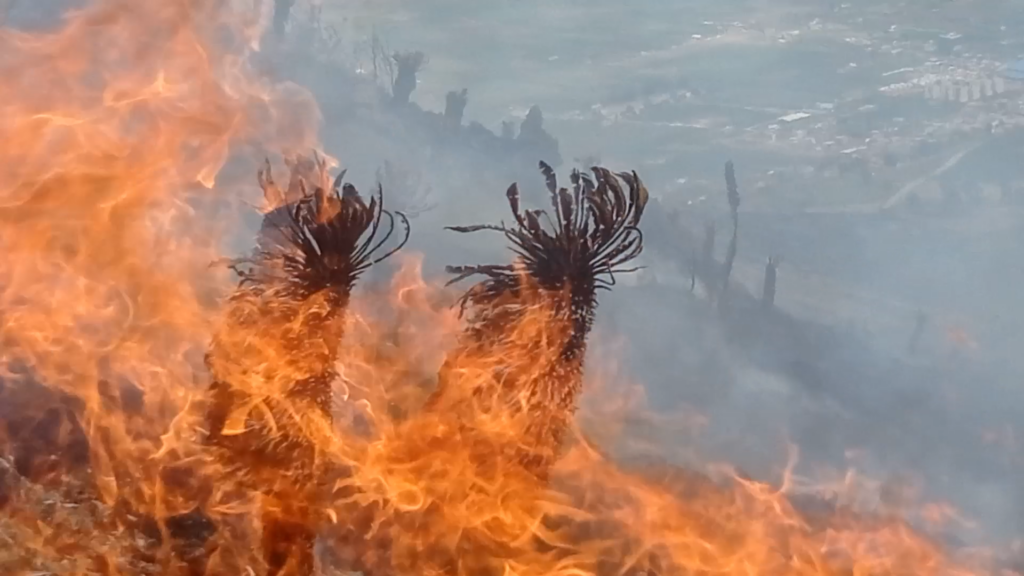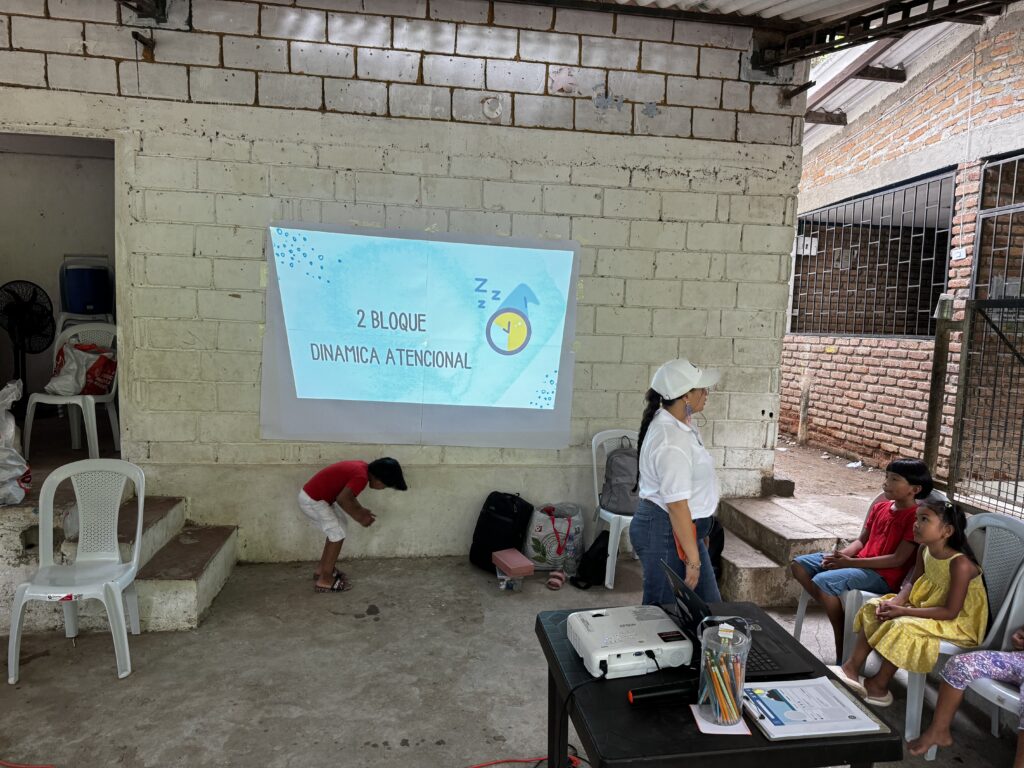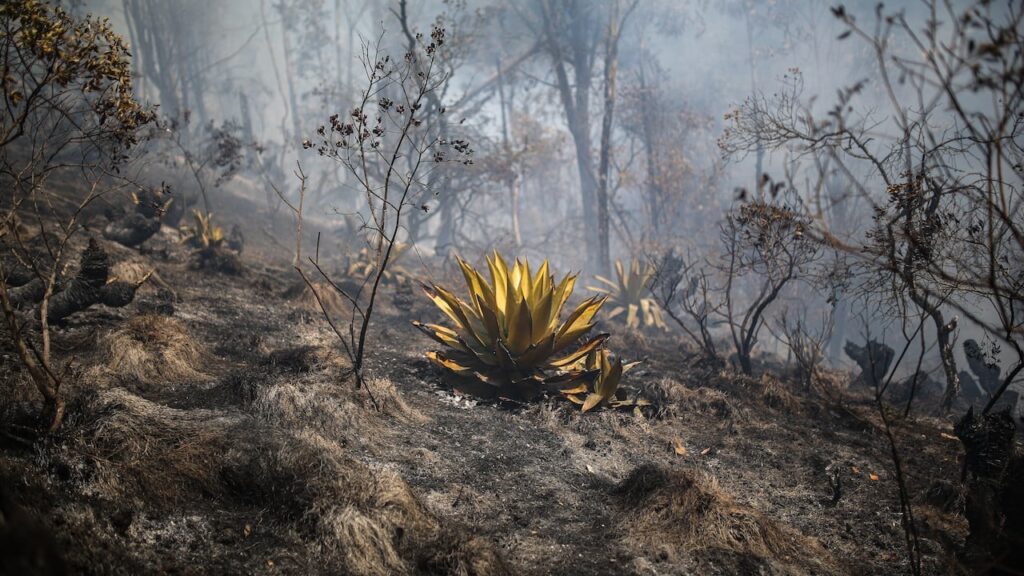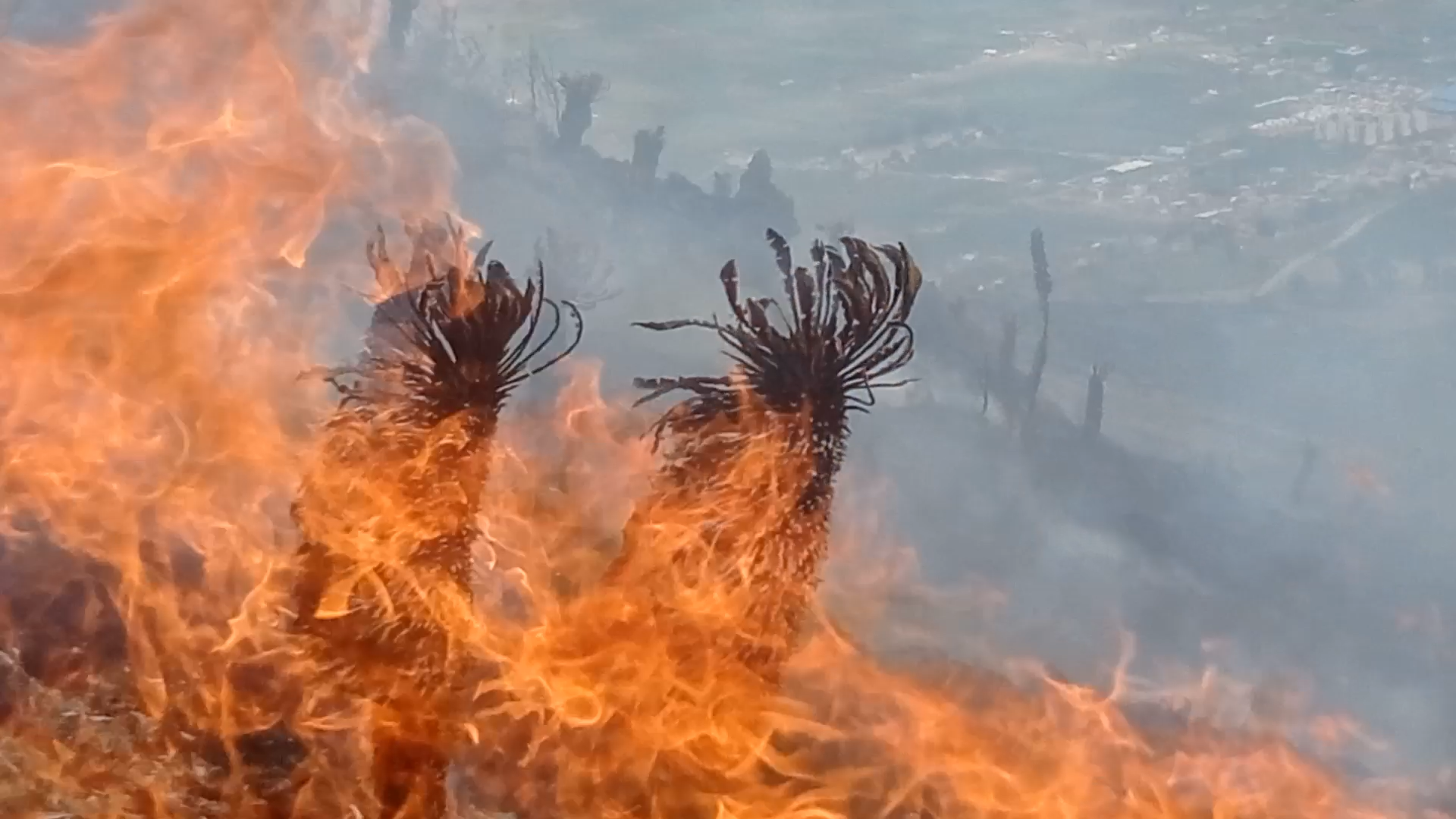The Sierra Nevada de Santa Marta, with an area of 17,000 km² and considered the highest coastal mountain system in the world, is an epicenter of biodiversity and ancestral culture. However, it faces a growing forest fire crisis, exacerbated by climate variability and human practices. Between 2010 and 2024, the region lost approximately 35,000 hectares of forest cover due to fires, deforestation and environmental degradation, with a 42% increase in the frequency of fires in the last five years. The intensification of the El Niño phenomenon and the increase in the average temperature in the region by +1.8°C have increased the flammability of the tropical dry forest and the páramo, generating irreparable losses in key ecosystems that store large amounts of carbon and regulate the water cycles of 36 hydrographic basins.
This strategic plan, designed for 40,000 hectares of indigenous territory in the Sierra Nevada de Santa Marta, integrates the four great indigenous houses—Narakajmanta, Arahuacos, Wiwa and Kogui—as main actors in environmental governance, incorporating their traditional knowledge systems with scientific methodologies for fire prevention and control. The approach is structured in four key components: technical, educational, sustainability and communication.
From a technical perspective, the implementation of a Community Early Detection System (SCDT) is proposed based on satellite monitoring with infrared sensors, artificial intelligence for the prediction of ignition sources and the deployment of 25 indigenous rapid response brigades, equipped with firefighting tools and interconnected communication systems. This system will be reinforced with the restoration of 7,500 hectares of degraded areas through reforestation with native species with high fire resistance, such as the Coffee Walnut (Juglans neotropica) and the Myrtle (Luma apiculata).
In the educational field, a training program will be developed for 500 indigenous leaders, prioritizing women and youth, in fire management, regenerative agroforestry systems and protection of strategic ecosystems. This program will include the construction of four training centers in each of the indigenous communities and the creation of a Fire Guardians School, with an intercultural methodology that combines ancestral practices with technical knowledge of forest management.
To ensure the sustainability of the plan, an Indigenous Climate Resilience Fund will be established, which will mobilize financing from international climate funds and carbon offsets to maintain restoration and prevention actions in the long term. In addition, indigenous governance mechanisms will be strengthened, ensuring that the Councils of Indigenous Authorities lead the implementation of the plan with autonomy and institutional support.
The communication component will be aimed at raising awareness and mobilizing strategic actors. A digital fire monitoring platform will be implemented, with real-time access for local communities and authorities, along with a global visibility strategy through social media, documentaries and political advocacy campaigns. The project’s narrative will seek to position the Sierra Nevada as an emblematic case of climate conservation and indigenous resistance to climate change.
This plan represents an innovative and replicable model for fire management in indigenous territories, merging ancestral knowledge with cutting-edge technological tools to protect one of the most vulnerable and strategic ecosystems in Latin America.





+ There are no comments
Add yours